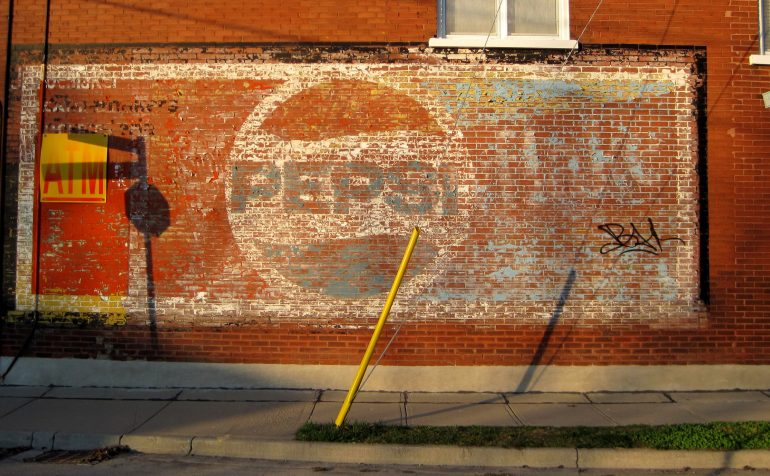I’m thrilled with the growth of the NetSuite office in downtown Kitchener – seeded with the TribeHR team as part of an acquisition, we’ve taken over a floor at the Canada Trust Centre at 55 King St W, and we’ve become a strong part of the changing face of Downtown Kitchener. However, with any change this intense, there are side effects. One that’s been on my mind a lot is gentrification.
People in tech circles are well familiar with gentrification challenges in San Francisco and those who are local to Waterloo Region may be aware of similar debates (albeit on a smaller scale) in Kitchener. It’s a difficult message to hear when you’re the leader of a tech company. Your job is to speak in superlatives and announce victories – things are always “rocking” and your team is always “growing like crazy”. Sometimes, though, it’s worth stopping to think about the side effects of all this growth. Amidst all the excitement and celebration we still need to accept some responsibility for unintended consequences.
This responsibility isn’t just a big-picture sense of accountability to the broader community – it’s also acute and immediate. Let’s look at our office as an example. We encourage our people to be green and live in the core by offering cash incentives to those who don’t use parking spaces. We also pay our people well – so many can afford to rent nicer properties or buy nicer homes. When they move into the city core, they create demand for property developers to upgrade and enhance downtown properties.
Amidst all the excitement and celebration we still need to accept some responsibility for unintended consequences.
Although we celebrate this change as revitalization, it often means that rental properties are upgraded in a way that makes them unaffordable to vulnerable portions of our community. This problem is material and is getting worse. Although 2,000 new affordable and supportive housing units have been opened in the region since 2000, this addition is woefully inadequate since we still have over 3,500 families on the regional wait list for such housing.
It’s easy to point out that the trend is bigger than one person or one company and that this is a place for government to take a leadership role. But sometimes the trend hits closer to home. Our office is expanding and we’ll soon begin renovations on the 1st floor space in our building, a former TD Canada Trust branch. Telling a friend about it, she pointed out that the alcove where the bank housed ATMs has been a frequent shelter for the homeless – a shelter that we’ll be sealing as we turn the floor into high-tech office space.
This isn’t an isolated story of homeless shelter loss. Over the last 12 months a number of shelters have closed, dramatically impacting the Out of the Cold Program and more recently, transitional shelters have also closed. These problems are complex and not easily solved. Homelessness and Mental Health issues are incredibly intertwined and our region is terribly under-served with 22% fewer psychiatric professionals than recommended for our size.
While we’re busy building exciting software that changes the world, it’s easy to forget about unintended effects on the local community; or to despair when we do think about them and struggle to understand how we can make a difference. But we’re trying: paying attention to our effect on the community, both positive and negative, and doing what we can to mitigate the downside. That’s why, right now, we are contributing to organizations that address the symptoms of poverty (like the Waterloo Region Food Bank), we are pushing our employees out of the office to engage with the community around them (like teaching at local schools) and we regularly run donation drives for items like food, clothing and toys.
Unfortunately, this isn’t a post offering a magical solution or incredible new insight. It’s simply a post describing a growing frustration and concern within the tech community.
We can do better. We should do better.
Returning to the example at our own front door, although we haven’t finalized our plans, we’re working on them. I’m taking the time to learn and to meet with the people who best understand the situation. We’re counting on them to help us figure out how we can help mitigate adverse effects of this downtown revitalization. In the meantime, we’ll continue connecting with the community, hosting meet-ups, and supporting local cultural organizations.
I know we can do more to make sure we’re having a positive impact on all of those around us – especially those whose voices are often missed by the tech community. Once our plans are finalized, I’ll share them here. If you have suggestions or think there’s someone or a group I should connect with – drop me a line. I’m open to ideas and would love to chat.
Syndicated with permission from josephfung.ca. Image Credit: Pepsi Sign by Mac Armstrong

